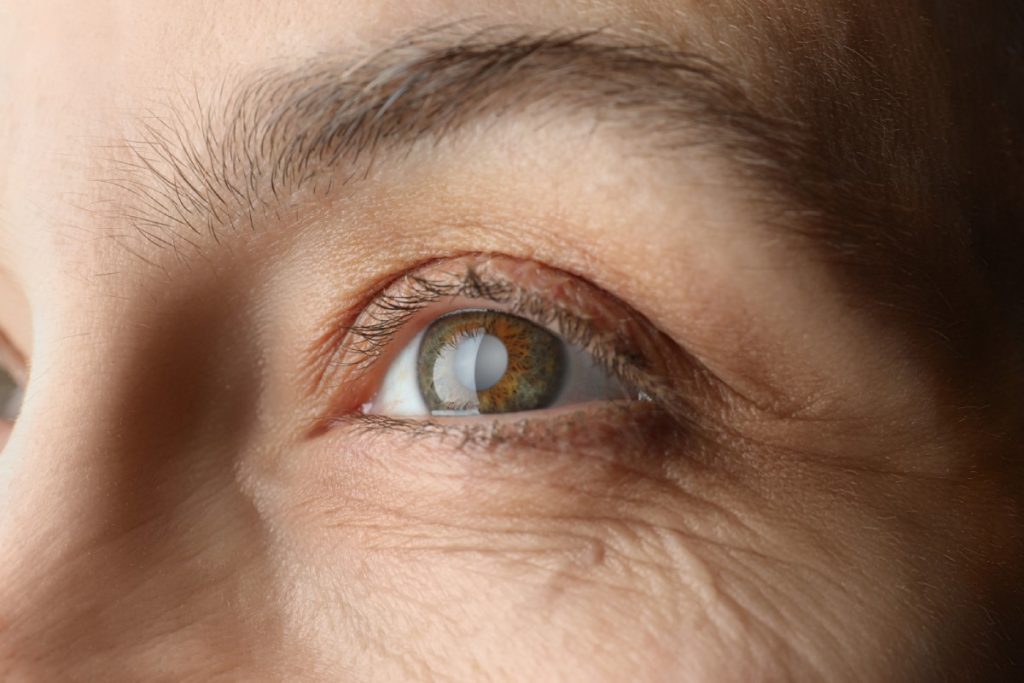
Glaucoma is an eye disorder characterised by raised pressure within the eyeball, resulting in progressive damage to the optic nerve in the eye and irreversible vision loss.
It is known as a silent thief of sight because it often goes undetected until substantial vision loss is already present. Depending on the type of glaucoma, it sometimes manifests as a gradual blurring of the peripheral (and eventually, central) vision. In other types, it may present as sudden blurred vision with severe eye pain and headaches. There is no known cure for glaucoma, although it can be treated with surgery and medication to slow its progression and preserve sight for a patient’s lifetime.
Glaucoma is caused by high intraocular pressure resulting in damage to the optic nerve. This pressure builds up when the fluid within the eye, known as the aqueous humour, does not drain properly. Aqueous humour is constantly produced and needs to flow out through a tiny drainage channel near the front of the eye. If the drainage channel is not working properly, pressure within the eye increases and this can damage the optic nerve.
Glaucoma is often called the “silent thief of sight” because it can develop and progress with no symptoms until significant vision loss has occurred. Here are some early signs to be aware of:
One of the earliest indicators is a gradual narrowing of your side vision. You might notice difficulty seeing objects to the side or an overall reduction in your field of vision.
Some patients experience halos or glare around bright lights, particularly in low-light situations.
While not always present, some forms of glaucoma, especially acute cases, can cause eye pain, redness, or blurred vision.
You might find that your vision fluctuates or that you struggle with low-light conditions more than usual.
Regular eye examinations are essential to catch these early signs before irreversible damage occurs.
This is the most common type of glaucoma. It happens when the eye does not drain fluid as well as it should, causing a gradual rise in eye pressure. This results in increasing pressure on the optic nerve and gradual irreversible loss of optic nerve function.
This type of glaucoma occurs when the space between a person’s iris and cornea is too narrow, causing it to block the drainage channel. When the flow of fluid is suddenly completely blocked, the rapid buildup of fluid causes eye pressure to rise quickly. This is an emergency that requires immediate intervention or one may go blind within a short time. Patients can experience eye pain, redness, blurring of vision, haloes, accompanied by headache, nausea and vomiting.
Also known as normal-pressure or low-tension glaucoma, NTG occurs despite having intraocular pressure within the normal range. Patients often do not have any symptoms until advanced peripheral visual field loss has occurred.
This type of glaucoma often occurs as a side effect of an eye injury, inflammation, an underlying eye condition or medicines. Secondary glaucoma may damage one or both eyes and eventually lead to vision loss.
This is a rare type of glaucoma that is present at birth, presenting with abnormalities in the drainage angle and elevated intraocular pressure. However, in some cases, the signs of glaucoma may become noticeable or develop only during childhood or adolescence.
At Lumin Eye Specialists, our doctors offer comprehensive glaucoma evaluations and screenings in Singapore with the goal of detecting the disease before symptoms develop, or before serious vision damage is done.
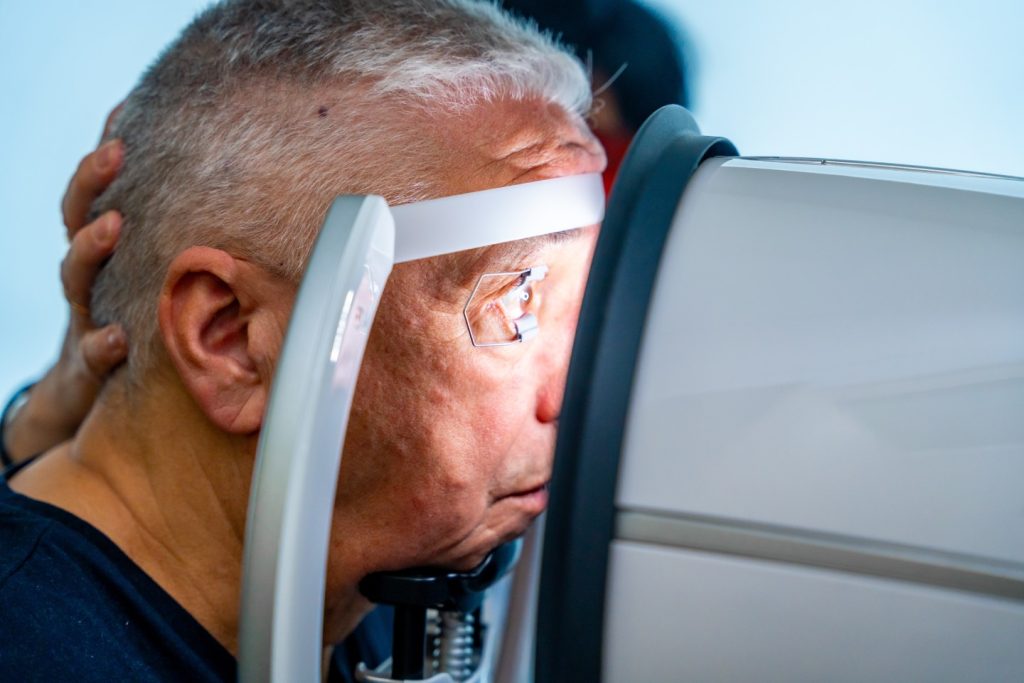

To diagnose glaucoma, our clinic conducts the following tests:
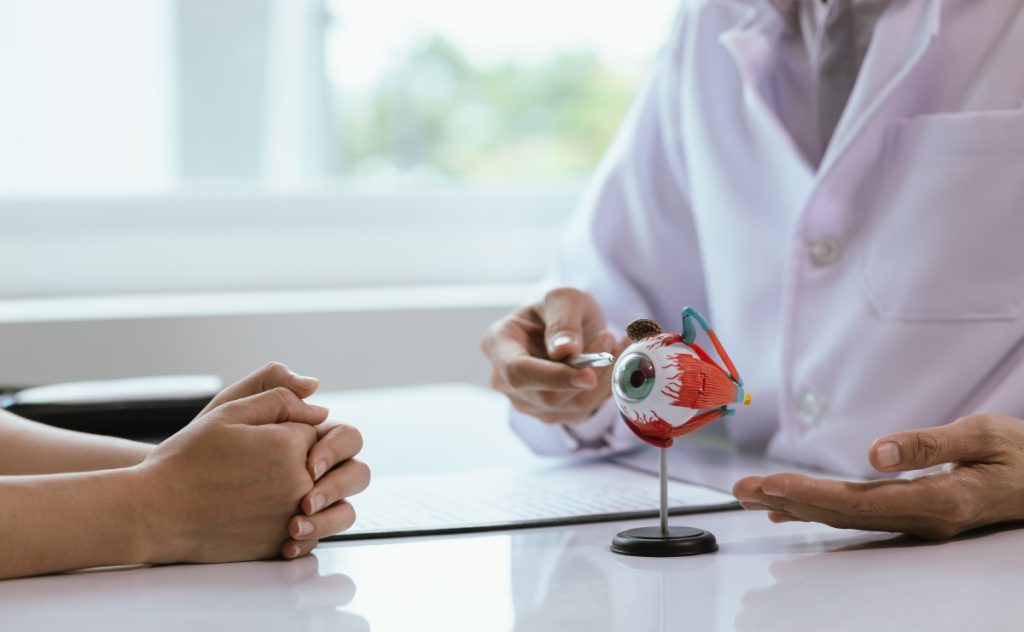

Glaucoma is a leading cause of blindness. If left undiagnosed or untreated, it results in irreversible visual loss. The key to preserving sight lies in early detection and treatment. This is especially important since glaucoma often develops without any noticeable signs.
This is why regular eye exams are crucial, particularly for those at higher risk of developing glaucoma. Early diagnosis and treatment can effectively manage glaucoma and prevent vision loss.
Depending on the results of your evaluation, your ophthalmologist will advise you on an appropriate course of treatment. This usually involves:
Prescription glaucoma eye drops that lower eye pressure by improving how fluid drains from the eye, or reduce the amount of fluid the eye produces, thereby preventing further damage to the optic nerve and vision loss.
Medications may be prescribed alongside eye drops.
Among eligible patients, laser treatments can increase the drainage of aqueous humour from the eye, lowering the eye pressure. These include:
In more advanced cases of glaucoma that do not respond to other treatments, surgical intervention may be necessary.
One approach is the minimally invasive glaucoma surgery (MIGS). It involves inserting tiny devices or implants into the eye to create a new drainage pathway for the aqueous humour. MIGS reduces intraocular pressure and can be done at the same time as other procedures, such as cataract surgery. Recovery from MIGS is typically shorter compared to traditional glaucoma surgeries.
However, while glaucoma surgeries can lower eye pressure to prevent further vision loss, they cannot improve or restore vision that has already been lost. The damage inflicted on the optic nerve by glaucoma is considered permanent and irreversible.
We are trained in surgery using minimally invasive glaucoma implants which are proven to be effective and safe. Reach out to our specialist eye clinic for a detailed glaucoma evaluation in Singapore today.
When glaucoma progresses beyond the point where medications and other treatments can help, surgery may be recommended. The cost of glaucoma surgery in Singapore involves several factors:
During your consultation, we provide a detailed breakdown of all expenses and discuss financing options to ensure that you can make informed choices about your care.
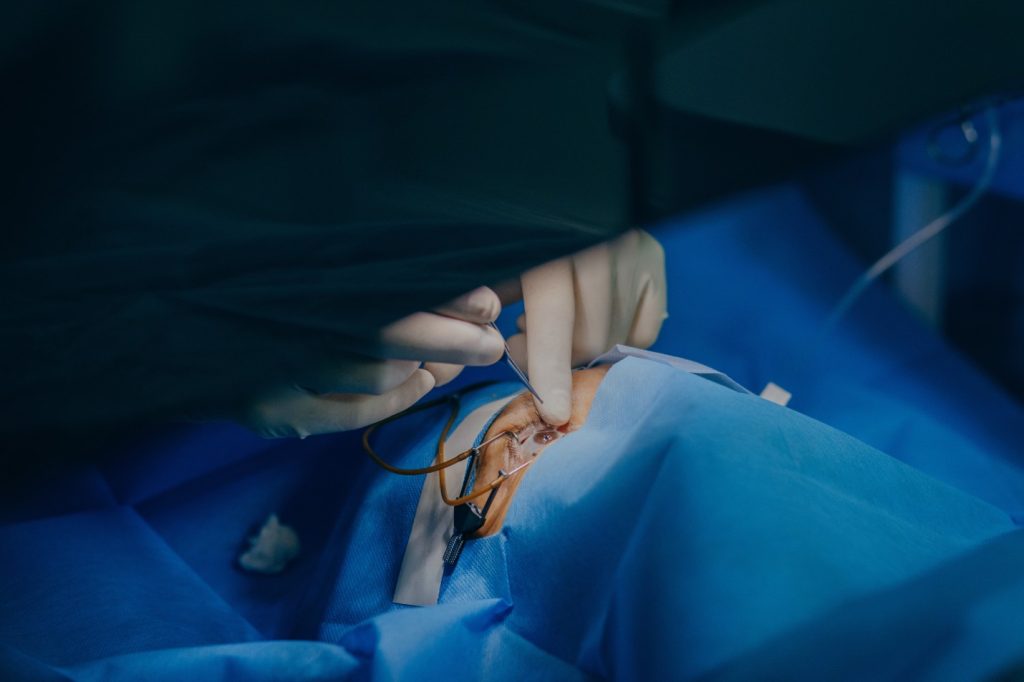
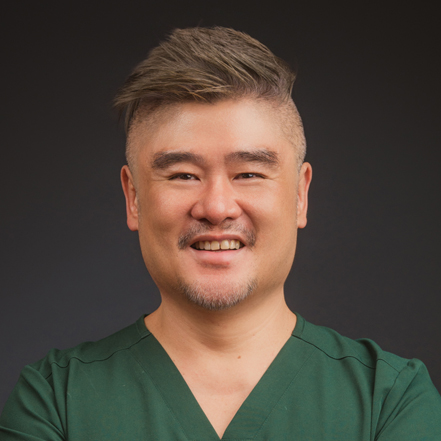
Dr Don Pek is a Senior Consultant Ophthalmologist with over 15 years of experience in the field, in particular glaucoma surgery and complex cataract surgeries. He completed his general ophthalmology training in Singapore and Edinburgh, UK, followed by a specialised fellowship in Canada focused on Anterior Segment and Cataract Surgery. Dr Pek is dedicated to improving his patients’ quality of life through caring for and preserving their vision as far as possible.
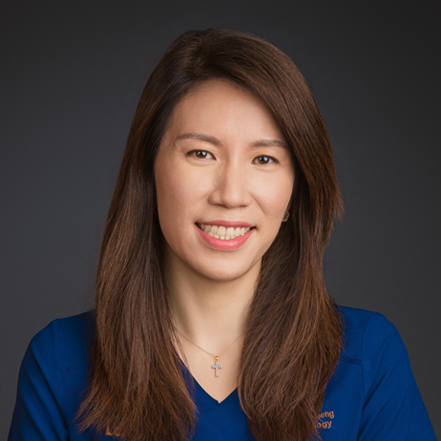
Dr Clarissa Cheng is a Senior Consultant Ophthalmologist with more than 15 years of experience in the field, in particular glaucoma and retinal disorders. A Gold Medal award winner in the MOH specialist board examinations, Dr Cheng went on to complete her sub-specialty fellowship at the Manchester Royal Eye Hospital in 2018. Besides her clinical practice, Dr Cheng remains involved in the mentoring of future doctors and ophthalmologists through the teaching of medical students.
For a detailed eye assessment or personalised recommendations on treatment, reach out to us – We look forward to bringing back the light into your life.
Bus services (bus stop 13019): 7, 75, 77, 105, 106, 123, 174, 174E
For more information on shuttle services and parking, please refer to this link (https://www.gleneagles.com.sg/plan-your-visit/getting-here).